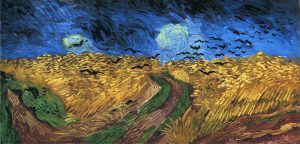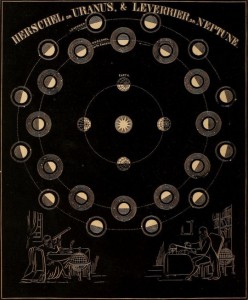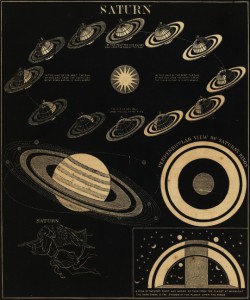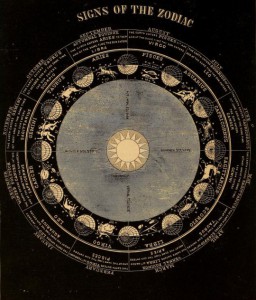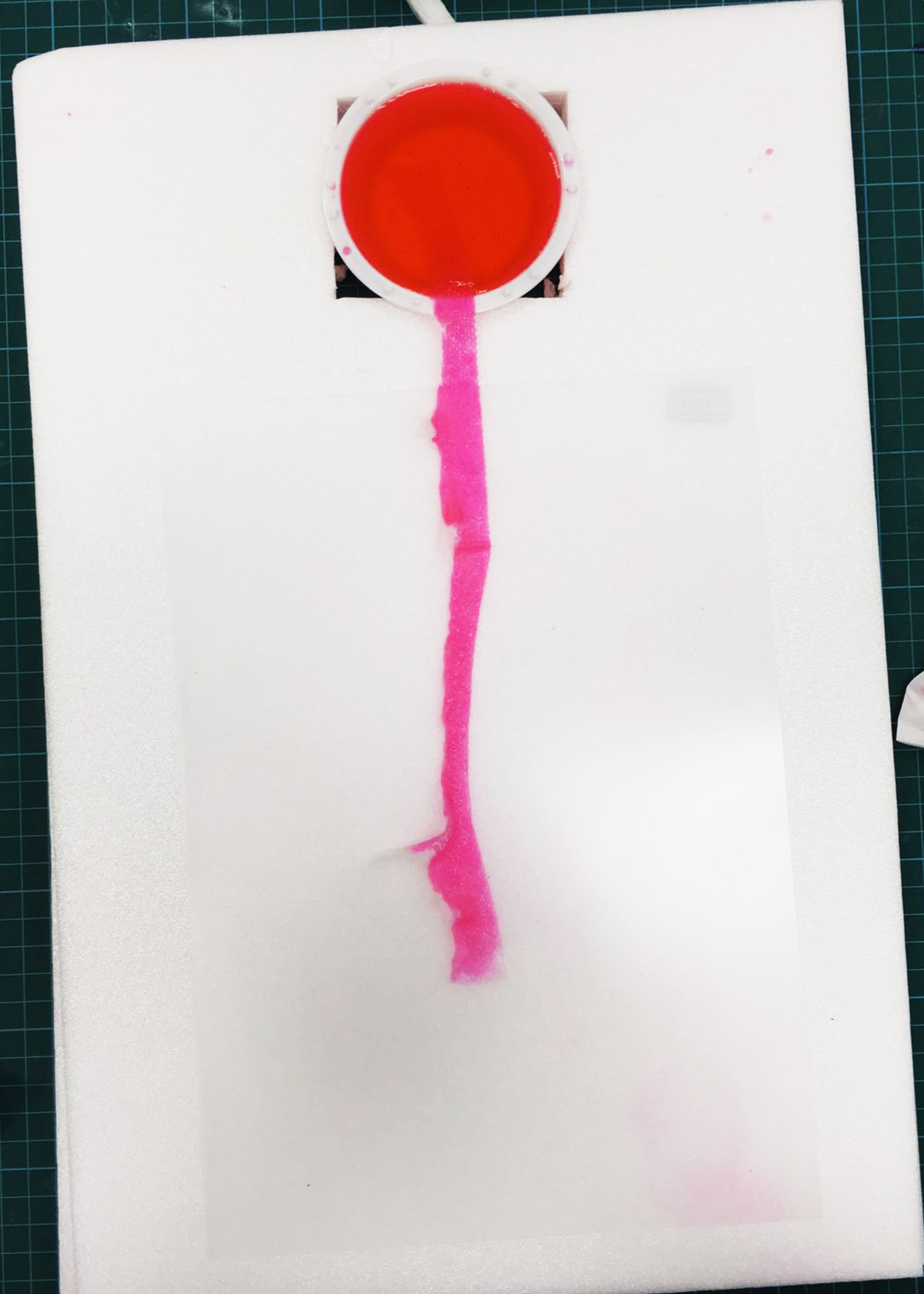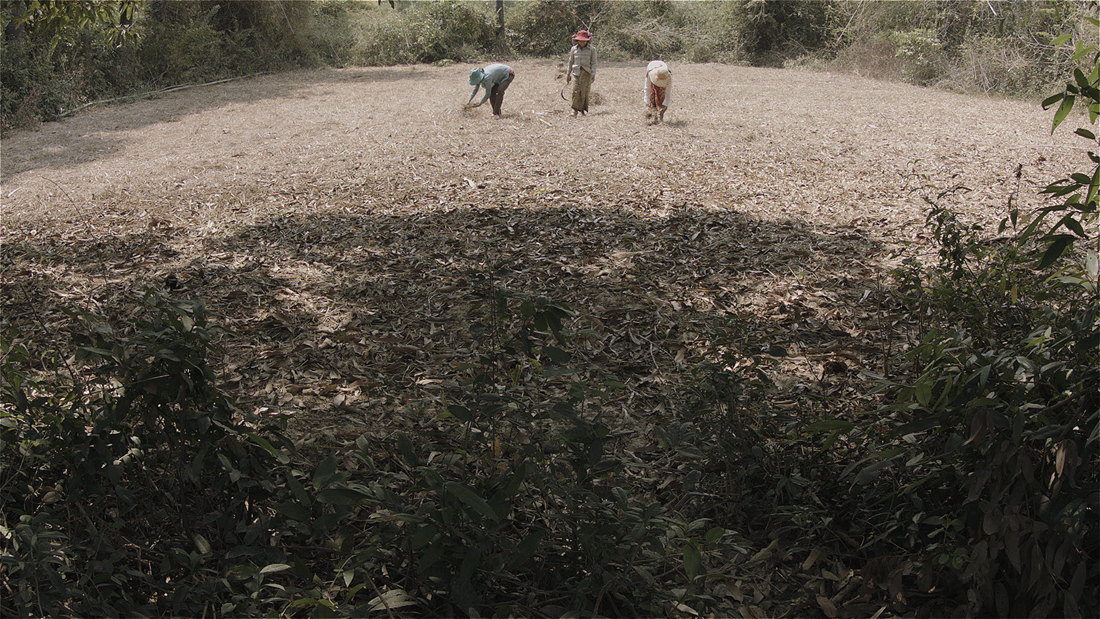(N.B I haven’t been tagging these posts right last time hence I’m reuploading them in hopes that they appear in the class pages again!)
We are time’s subjects and time bids be gone. -Shakespeare
Time is unsympathetic and does not wait for anyone. We are only tiny pawns who have to live and act in the moment. In the awareness of our impermanence, do we really appreciate it? Can we appreciate it?
To us, sunrise and sunsets are the same day in day out, especially in our Singapore climate where you can guarantee one of two choices, a sunny dawn/dusk or a rainy dawn/dusk.
With our lives largely revolved around work and/or studies, dawn and dusk ultimately became associated with the banalities of life: dawn with one having to get up to work and dusk with one going home from work.
It made me wonder, do we appreciate the golden hour anymore if we are presented with the same thing everyday?
Sure we will enjoy sunrise at the top of mountains or sunsets at the beach but what about the sunrises we see peeking from MRT windows or sunsets from office buildings?
While researching, I came upon the works & words of photographer Henri Cartier-Bresson.
“A photograph is neither taken or seized by force. It offers itself up. It is the photo that takes you. One must not take photos.”
“Of all the means of expression, photography is the only one that fixes a precise moment in time.”
It made me think about how we can never control the surroundings around us but we can always document certain moments. As a photographer I am subjected to this amount of banality, can I make it beautiful?
I came upon Nobuhiro Nakanishi’s layer drawings while researching and is extremely captivated by his work.
They are not so much drawings as they are a photographic installation. As explained in his artist statement,
In “Layer Drawing #001—#081” (pp.12-13), by making up the whole picture with the accumulation of continuous changes of time and movement of each object and scene, he presents in a form the process of grasping objects beyond the two-dimensional visual image.
The pieces look three-dimensional without reality contained in small shining boxes (the image seems to be floating in a small box because 24 slide-mounts are piled up). However, this object is not three-dimensional with depth. It has another dimension, that is, the element of continuous movement produced by continuous changes in the object and scenery.
Nakanishi’s work is interesting because he captures every single second of the scene and amalgamating them to become this big block of time. You could actually see the changes in colour in his works as the elements inside it shift as he is photographing them and I find that really interesting.
Inspired by these works, I’ve decided to choose photography as the main medium for my projects because of how easily it captures the ethereal nature of a single moment of time.
Hence I decide to work/ set myself limits onto how I should work on capturing Singapore’s banal beauty.
- All the photos must be taken in the golden hours of 6 – 9 am or 5 – 8 pm
- The photos must not be taken outside of my usual routine (I cannot go to special scenic places to take photos just because, unless there is a field trip or special events such as weddings.)
- The photos must contain a drastic light and shadow element to it
- I must document the location and time of the event
I forsee that this project will not really be a viscom-y project as it is more of a conceptual fine arts work but we shall see.
( originally posted on 18/2/2016.)




